Introduction to Shell Structure
Important Point
Nowadays there is a need for construction of the buildings which are in closed-form structures. The main purpose of constructing the Shell Structure that it will cover a larger area of the building.
The construction of shell structures is gaining popularity in areas where there is a high risk of earthquakes. The word ‘shell’ is commonly used to describe the outer hard covering of the egg.
In civil engineering, the shell Structure is a curved outer membrane that is used as a roof cover in buildings. Here in this article, we will go through the concept of Shell structure and its types, Advantages, and Disadvantages.
What Is Shell Structure?
The shell structure is a thin curved membrane or a slab that is usually made from the reinforced cement concrete. The shell Structure is used as both structure and covering membrane.
Shell Structures are defined as structures that are capable of maintaining their shape and the support loads without any help of the frame or the solid mass materials.
The term shell is generally used to describe structures that possess high strength and rigidity due to their thin form. The of the best feature of the shell structures is their continuity and curvature. Due to its structural continuity, the shells can transmit the loads in a number of different directions.
Shell structures are also commonly known as plate structures. Structures whose thickness is very less as per as the length and breadth of the structure are considered. These types of structures are known as thin shell structures.
The main purpose of constructing the shell structure is to reduce the self-weight of the structure by making the structure as thin as possible.
Reinforced cement concrete is used in the construction of shell structures because it is a highly plastic material. When the cement is mixed with water it will take the shape of centering and once it gets hardened, the shell membrane will act as a strong and Rigid shell structure.
- What Is Moment Frame | Types of Moment Frames
- What Is Folded Plate | Folded Plate Structure | Folded Plate Roof Construction Details | Folded Plate Staircase | What Are Folded Plate Roofs
- What Is Pneumatic Structures | Types of Pneumatic Structures | Advantages & Disadvantages of Pneumatic Structures | Uses of the Pneumatic Structures
- Skeleton Frame | What Is Building Skeleton | What Is Steel Structure Building | Use of Steel Frame Structures| Advantages & Disadvantage of Steel Frame
- Components of Space Frame System | Types of Space Frame | Advantages & Disadvantages of Space Frame Structure | Space Frame Structures Examples
- Analysis Methods for Buildings Frames | Structural Frame Analysis | Frame Analysis Example | How to Analyze the Structure | Method of Consistent Deformation
Types of Shell Structure
The shell structures are categorized into various types which are as follows.
1. Barrel Vaults of Shell Structure
The Barrel vault is one of the commonly used shell structures because of its greater span capacity. These types of Shell structures have a span capacity of upto 50m. The barrel vaults are concrete thin shells that mainly consist of the cylinder, frame at its ends including columns.
2. Folded Plates of Shell Structure
The folded plate is a type of shell structure that is made from a thin flat slab. These types of structures are generally joined along their edges to construct the three-dimensional structure.
The maximum length to which the folded plate can be constructed is up to 30 meters. The thickness of the folded plate is only 60 mm. Folded plates are one of the best attractive structure which required very less material and construction cost.
3. Faced Folded Plate of Shell Structure
Folded plate structures are assemblies of flat plates, or slabs, inclined in different directions and joined along their longitudinal edges. Modern folded plate structures are typically made of cast in situ or precast reinforced concrete, or steel plate. It consists of triangular or polygonal planar thin slabs joining along their edges to form a thin plate structure.
Also Read: Slab Structure
4. Folded Plate Dome of Shell Structure
In this category are included all domes made with plane slabs and plates. There are many variations and only a few of them can be shown here. Domes may be constructed with small angles between the plates or with large angles between plates and the structural action may be considerably different for each type.
The obvious advantage of the folded plate dome is that the surfaces are easier to form because they are flat. On the other hand, for slab spans over 16 ft, the shell wall is thicker than a curved surface because bending must be considered. The acoustical properties of a structure with plane surfaces are much better since the sound rays do not come to focus. This characteristic may be enough to make the folded plate dome superior to the curved dome for use in an auditorium.
Also, Read: Structure Audit
5. Short Shell
Short shell structures basically have a cylindrical shape that has a large radius as compared to its length. The overall thickness of the shell is very thin due to its properties.
Short shells can carry the load in two different ways, the first is carrying the load to the lower elements and the second as a curved beam to the arches.
6. Domes Shell
Domes are basically hemisphere in shape. The domes are generally used as a roof structure. A dome is a space structure that covers a circular area.
7. Shell Arche
Shell Arches are the type of Shell structures that are small shells. Shell Arches are not an Efficient structure for the higher value of the bending moment.
8. Cylindrical Barrel Vault of Shell Structure
Cylindrical Barrel Vaults are perhaps the most useful of the shell structures because they can span up to 150 feet with a minimum of material. they are very efficient structures because they use the arch form to reduce stresses and thicknesses in the transverse direction
9. Translation of Shell Structure
A translation shell is a dome set on four arches. The shape is different from a spherical dome and is generated by a vertical circle moving on another circle. The stresses in a translation shell are much like a dome at the top, but at the level of the arches, tension forces are offset by compression in the arch.
10. Wrapped Surfaces of Shell Structure
Warped surfaces have a great advantage for shell structures because they may be formed from straight-form boards even though they are surfaces of double curvature. There are two types that are most useful namely Conoid and hyperbolic paraboloid shell.
11. Combinations of Shell Structure
They have solid, shell, and frame parts. For example, most buildings have a solid foundation. They also have a frame of wood or metal that supports a shell of brick or concrete.
Also, Read: Types of Weirs
Shell structures are used worldwide for their unique aesthetical views.
- In India, the popular Lotus temple which is situated in Delhi is one of example of a Shell structure.
- The world-famous Opera House in Sydney is also an example of a thin shell structure.
- The Geodesic shell of Nagoya Dome in Japan.
- The Shell of Kresge Auditorium by Week Saarinen, MIT, Cambridge.
Applications of Shell Structure
There are various applications of the shell structures in the construction sector which are as follows. Shell structures are popular which are commonly used in different areas.
- The shell structure is commonly used in seismic zones where structures undergo seismic loads.
- The reason of using the shell structures in the earthquake-prone areas is that it has high strength with respect to its self-weight.
- Shell Structures are generally used to cover the larger area of the building where the interior of the building has no columns and walls to support the flat slabs
- Shell Structure has a very interesting and attractive look which is used to beautify the buildings.
Advantages of Shell Structure
There are various advantages of Shell structures which are as follows.
- Shell structures have very high stiffness.
- Shell structures have higher strength with respect to their self-weight.
- Shell structures are used to cover a large area.
- It is very simple in design and has more strength as compared to other types of Structures.
- Steel structures are structurally continuous and it can transfer loads in a number of directions.
- Shell structures are attractive in appearance and mostly used for decorative purposes.
- The notes which are applied to the shell structures are carried to the ground by tensile, shear, and compressive forces.
- The dead load in the Shell structure can be reduced by economizing the foundation and the overall support system.
Also, Read: How to Building Construction Process Step by Step
Disadvantages of Shell Structure
There are also some disadvantages of shell structures which are as follows.
- In the case of shell structures, it is not possible to construct a floor above them.
- The labor cost required for the construction of Shell structures is more.
- For the construction of the shell structures, there should be greater accuracy in the formwork required.
- The construction of the shell structures required Skilled labor and good supervision.
Conclusion of Shell Structure
Shell structures are one of the best and lightweight structures which are used to cover a large area of span without any supports of beams, columns, and walls.
The material which is generally used and suitable for the construction of the shell structure is concrete. Concrete is used because of its high plasticity.
Also, Read: What Is Lintel Beam | Lintel Beam Size | 7 Types of Lintel Beam
FAQShell Structure
Shell structure, in building construction, a thin, curved plate structure shaped to transmit applied forces by compressive, tensile, and shear stresses that act in the plane of the surface. They are usually constructed of concrete reinforced with steel mesh (see shotcrete).
Types of Shell Structure
- Folded Plates.
- Barrel Vaults.
- Short Shells.
- Domes (surfaces of revolution)
- Folded Plate Domes.
- Translational Shells.
- Warped Surfaces.
- Combinations.
Applications of Shell Structure
Shell structures are also called plate structures. They are lightweight constructions using shell elements. These elements, typically curved, are assembled to make large structures. Typical applications include aircraft fuselages, boat hulls, and the roofs of large buildings.
Shell Structure Examples
These types of structures provide fantastic architectural views, Opera house in Sydney is the world-famous thin-shell structure. In India, the Lotus temple at Delhi is, also a good example of shell structure and various shell structures bring out the miracle in building construction history.
Advantages of Shell Structure
The main advantages of reinforced concrete shell structures are the following: their efficient resistant mechanism allows that the maximum structural advantage, in terms of both internal forces and displacements, is obtained with a minimum of materials; their architectonic value is characterized by being able to cover large columns-free areas with an aesthetical and functional structure.
Disadvantages of Shell Structure
The disadvantage of shell structure is their cost. The shell structure is more expensive due to considerable labour required to construct the centering on which the shell is cast.
What Are Examples of Shell Structures?
Shell structures are typically curved, light-weight structures. Examples of natural shell structures include coconut shells, tortoise shells, sea shells and nut shells. Examples of man-made shell structures include tunnels, roofs, helmets, drink cans and boats.
What Is a Shell Structure in Technology?
A shell structure is one in which the strength reloads into the outer surface. They are usually lighter than frame structures. For example, A turtle, an egg, an airplane, a boat, a lobster or a car has a shell structure . In a structure the form is very important. The resistance of the structure depends on its form.
Where Are Shell Structures Used?
Thin-shell structures (also called plate and shell structures) are lightweight constructions using shell elements. These elements, typically curved, are assembled to make large structures. Typical applications include aircraft fuselages, boat hulls, and the roofs of large buildings.
What Are Two Shell Structures Examples?
They keep their shape and support loads even with- out a frame or solid mass of material inside. Egg cartons, food cans and bottles, pipes, and clay pots are other examples of shell structures: objects that use a thin, carefully shaped outer layer of material to pro- vide their strength and rigidity.
How Do Shell Structures Work?
Shell structure, in building construction, a thin, curved plate structure shaped to transmit applied forces by compressive, tensile, and shear stresses that act in the plane of the surface. They are usually constructed of concrete reinforced with steel mesh (see shotcrete).
Is a Turtle Shell a Shell Structure?
There are many types of shells in the world of biology such as various egg shells, conch shells, tortoise shells and skulls of human, all of them are one kind of thin shell structure with uniform curvature and lightsome of texture. This structure is not only light but also has a good pressure resistance.
Is a Box a Shell Structure?
Something as simple as a bar of soap (a solid structure) may come in a cardboard box (shell structure) that might be wrapped in plastic (another shell structure).
Is a Turtle Shell a Solid?
In turtles, the ribs and vertebrae grow into the outer skin layers and connect together like tectonic plates, forming a solid shell. This means that in turtles, unlike crocodiles, the outer shell is actually integrated into the rest of the skeleton.
What Are the Advantages of a Shell Structure?
The main advantages of reinforced concrete shell structures are the following: their efficient resistant mechanism allows that the maximum structural advantage, in terms of both internal forces and displacements, is obtained with a minimum of materials; their architectonic value is characterized by being able to cover large columns-free areas with an aesthetical and functional structure.
Is an Igloo a Shell Structure?
The igloo, the egg carton, and the egg shells themselves are shell structures. Some very famous structures from around the world include the Eiffel Tower, the Great Wall of China, and Mount Everest.
What Is the Difference Between Frame and Shell Structures?
A frame structure is a very sturdy structure, often quite tall, which is typically made up of beams, columns and slabs. Shell structures are typically curved, light-weight structures. Examples of natural shell structures include coconut shells, tortoise shells, sea shells and nut shells.
Is Taj Mahal a Shell Structure?
The dome of the Taj Mahal in Agra, India, is one of the most famous shell structures in the world.
Where Are Shell Structures Used?
Thin-shell structures (also called plate and shell structures) are lightweight constructions using shell elements. These elements, typically curved, are assembled to make large structures. Typical applications include aircraft fuselages, boat hulls, and the roofs of large buildings.
What Are the Types of Shell Roof?
There are three main types of shell roof: the single barrel shell, multi barrel shell and the continuous barrel. A single barrel shell looks like a long arch and is used in long, rectangular structures, such as airplane hangars.
Is a Cardboard Box a Shell Structure?
Think cardboard box. All of these objects are strong and hollow. They keep their shape and support loads even without a frame or solid mass of material inside.
Types of Shell Structures
Types and Forms of Shell Structure
- Folded Plates.
- Barrel Vaults.
- Short Shells.
- Domes (surfaces of revolution)
- Folded Plate Domes.
- Translational Shells.
- Warped Surfaces.
- Combinations.
Advantages of Shell Structures
Advantages of Shell structures
- A light form of construction.
- Faster construction.
- An easy method of fabrication.
- Waste reduction as no requirement of fittings.
- Covers a large area.
- Aesthetic in appearance.
- Energy efficient.
- Lesser material usage.
Shell Structures in Architecture
Shell structures are self-supporting and used to cover a large area of span without any supports of beams, columns, and walls.
Shell Structure Design Principles
Shell structures refer to architectural or structural systems that derive their strength and stability from their curved, shell-like forms. Here are some key design principles for shell structures:
- Form-Finding: The form of a shell structure is determined through form-finding techniques. These techniques aim to find an optimal shape that efficiently distributes forces and stresses across the structure. Common methods include physical models, computer simulations, and mathematical calculations.
- Curvature and Geometry: Shell structures rely on curved surfaces to achieve their strength and stability. The curvature of the shell helps distribute loads evenly, minimizing stress concentrations. The geometry of the shell, such as parabolic, cylindrical, or hyperbolic shapes, is carefully designed to ensure structural integrity.
- Structural Efficiency: Shell structures are often designed to be structurally efficient, meaning they use materials and resources economically while achieving the desired strength and stability. The goal is to minimize the weight and thickness of the shell while still meeting the required design criteria.
Shell Structures vs. Framed Structures
1) Shell structures – A shell is used to enclose, hold, contain or protect something. Examples are an egg or a bottle. 2) Frame structures – Made up of parts, called members, which are joined together (parts or pieces of a frame structure). Examples are pylons, a crane, the human skeleton, a chair or window frames.
Explain the Difference Between the Shell and the Skeleton in Architecture.
The shell is the exterior of the structure. The skeleton is the main interior support and is made of a sturdier material than the exterior.
Shell Structure Definition
A shell structure refers to a type of architectural or structural system characterized by its curved, shell-like form. It is a construction method that utilizes a thin, curved surface or shell to enclose a space or provide structural support. Shell structures derive their strength and stability from the inherent properties of the curved form, which allows for efficient load distribution and resistance to external forces.
What Is a Shell Structure?
A shell structure refers to a type of structural system commonly used in architecture and engineering. It involves the construction of thin, curved surfaces or shells that are capable of carrying loads primarily through their form rather than their mass. These shells can be made from various materials, including concrete, steel, or even lightweight materials like fabric or glass.
What Are the Advantages of a Shell Structure?
Shell structures are self-supporting and used to cover a large area of span without any supports of beams, columns, and walls. Its efficiency is based on its curvature (single or double), which allows different stress paths and gives the optimum form for transmission of many different load types.
What Is a Shell Structure Examples?
There are various examples of shell structures that have been constructed around the world. Here are a few notable ones:
- Sydney Opera House (Australia): Designed by Danish architect Jørn Utzon, the Sydney Opera House is one of the most iconic examples of shell structures. Its distinctive sail-like roofs are composed of precast concrete shells, creating a visually stunning landmark.
- Geodesic Dome (Various locations): Popularized by American architect and engineer Buckminster Fuller, geodesic domes are spherical or partial-spherical structures composed of interconnected triangular or polygonal panels. They are lightweight yet structurally strong, making them suitable for various applications, including exhibition spaces, greenhouses, and recreational structures.
- Eden Project (United Kingdom): Located in Cornwall, England, the Eden Project is an educational and environmental complex featuring large biome domes. These domes, known as “biomes,” are made of steel frames covered with inflated ethylene tetrafluoroethylene (ETFE) panels, creating a unique environment for different ecosystems.
Concrete Shell Structure Examples
The Pantheon in Rome and the Hagia Sophia in Istanbul are the more ancient spectacular examples of Concrete Architecture. The Pantheon, in particular, is the oldest known shell structure: completed in 125 C.E., is constructed of Roman Concrete which was typically at the time faced with stone or brick.
What Are the 4 Types of Structures?
There are four types of structures;
- Frame: made of separate members (usually thin pieces) put together.
- Shell: encloses or contains its contents.
- Solid (mass): made almost entirely of matter.
- liquid (fluid): braking fluid making the brakes.
Is a Tent a Shell Structure?
A backpacking tent is a frame structure. A pop can is a shell structure.
Like this post? Share it with your friends!
Suggested Read –
- Structure of Sand
- What Is Kerb
- Types of Tunnels
- Top 10 Tiles Companies in India 2021
- How to Building Construction Process Step by Step
- Top 10 Companies for Environmental Engineers to Work For
- Difference Between Beam and Column | What Is Beam | What Is Column
- What Is a Flight of Stairs | Types of Stairs | How Many Stairs in a Flight | Some Facts About Stairwells
- Density of Cement Sand and Aggregate | Cement Density | Sand Density | Aggregate Density | list of Density
- What Is Consistency of Cement | What Is Initial Setting Time of Cement | What Is Final Setting Time of Cement
- What Is Specific Gravity Cement | Why We Calculate Specific Gravity Cement | Specific Gravity Test on Cement
Originally posted 2023-06-17 14:45:38.
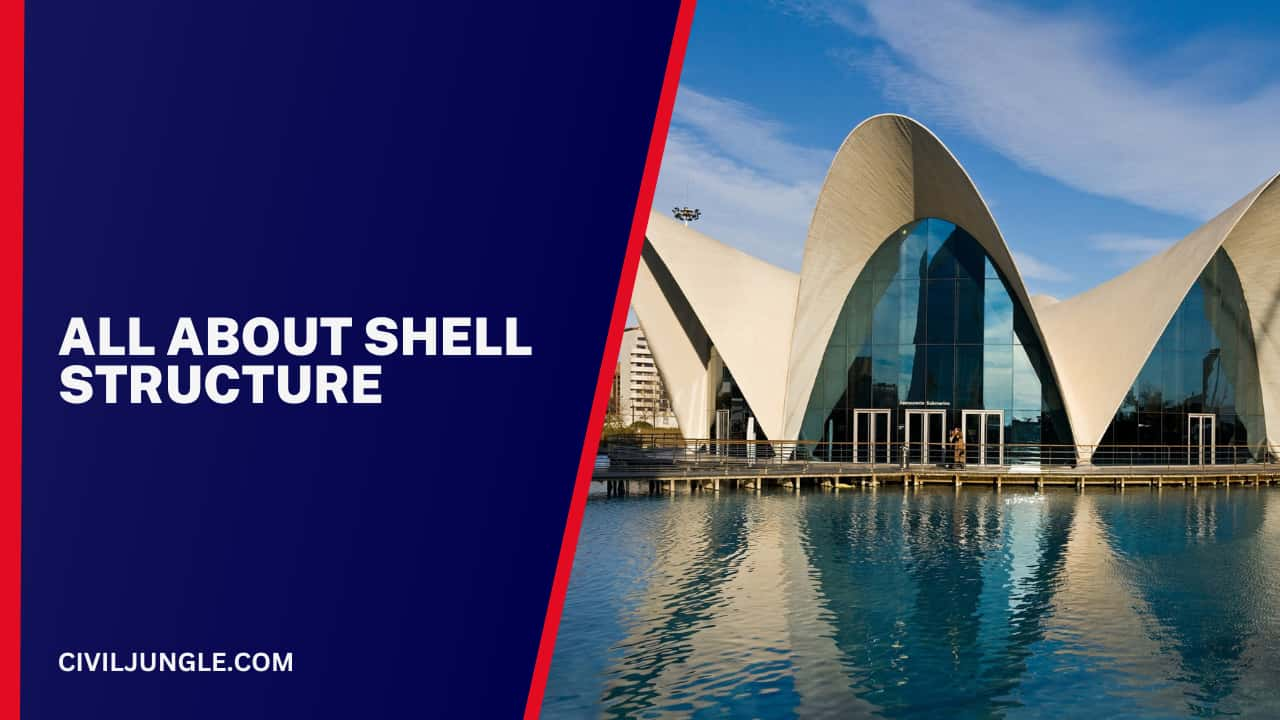

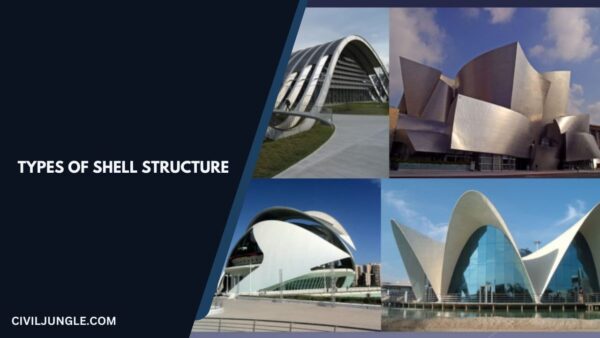
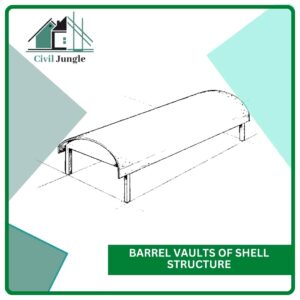
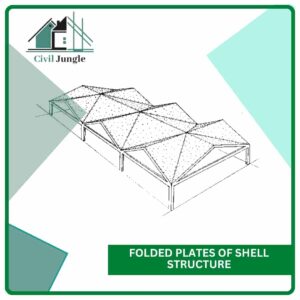
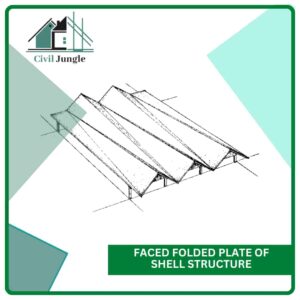
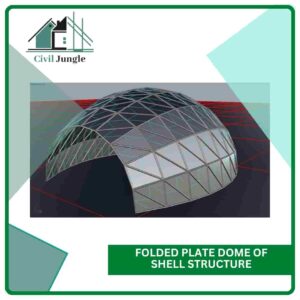
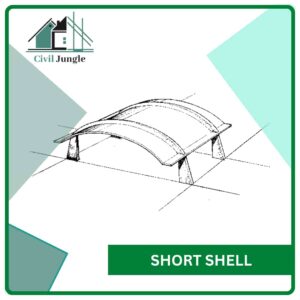
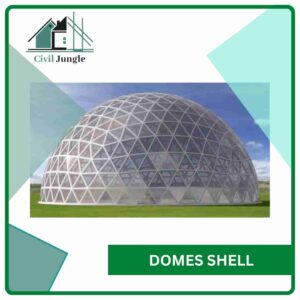
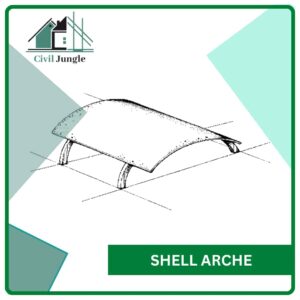

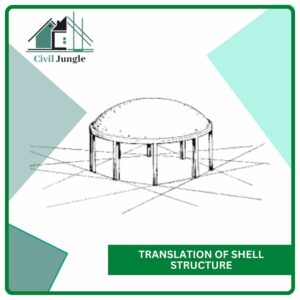

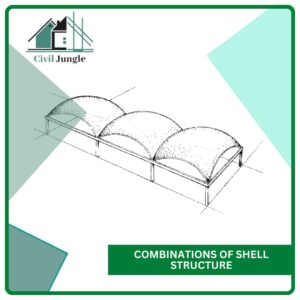
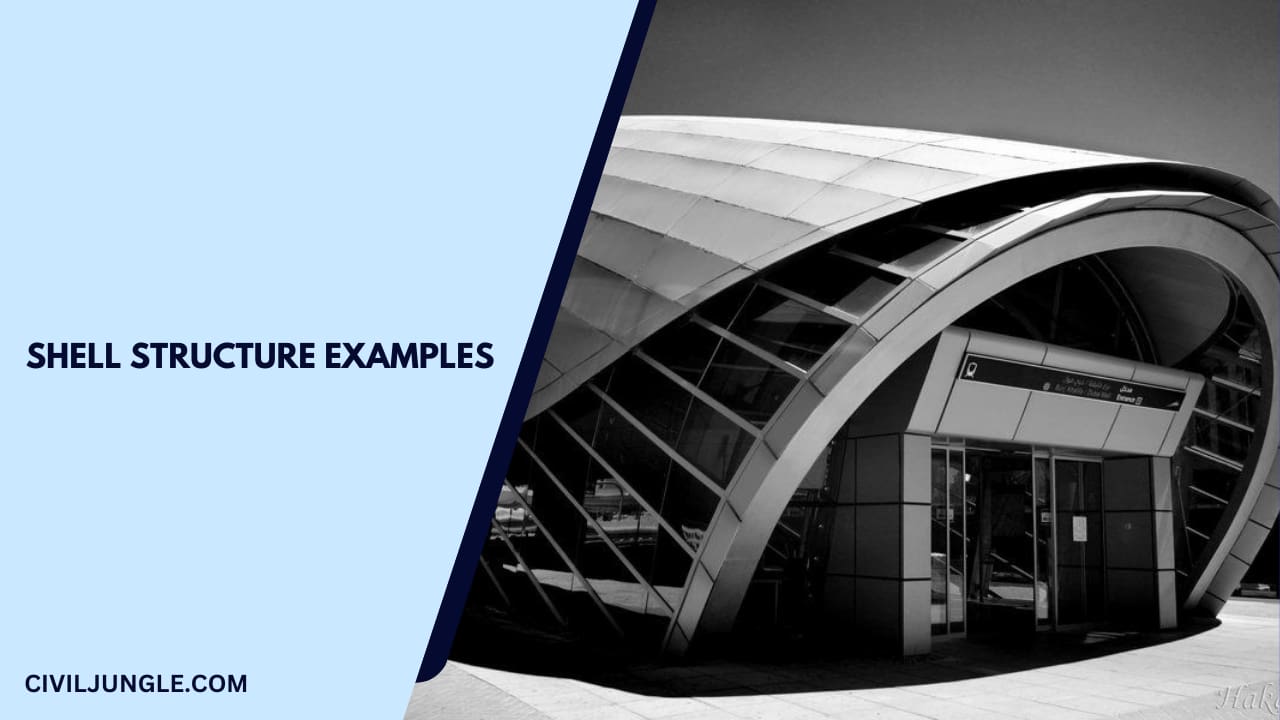
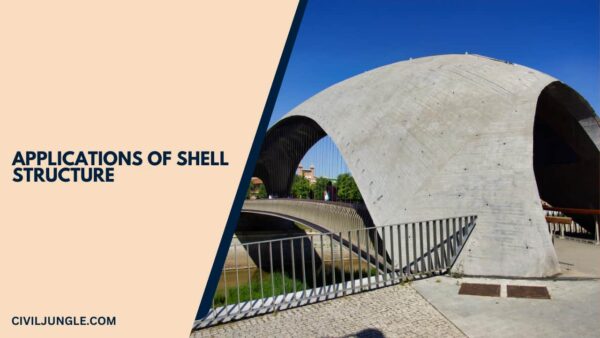
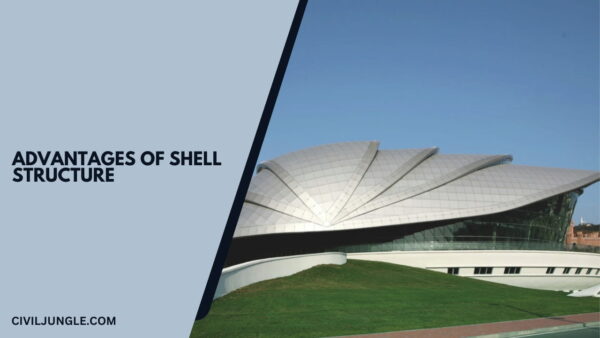


Leave a Reply